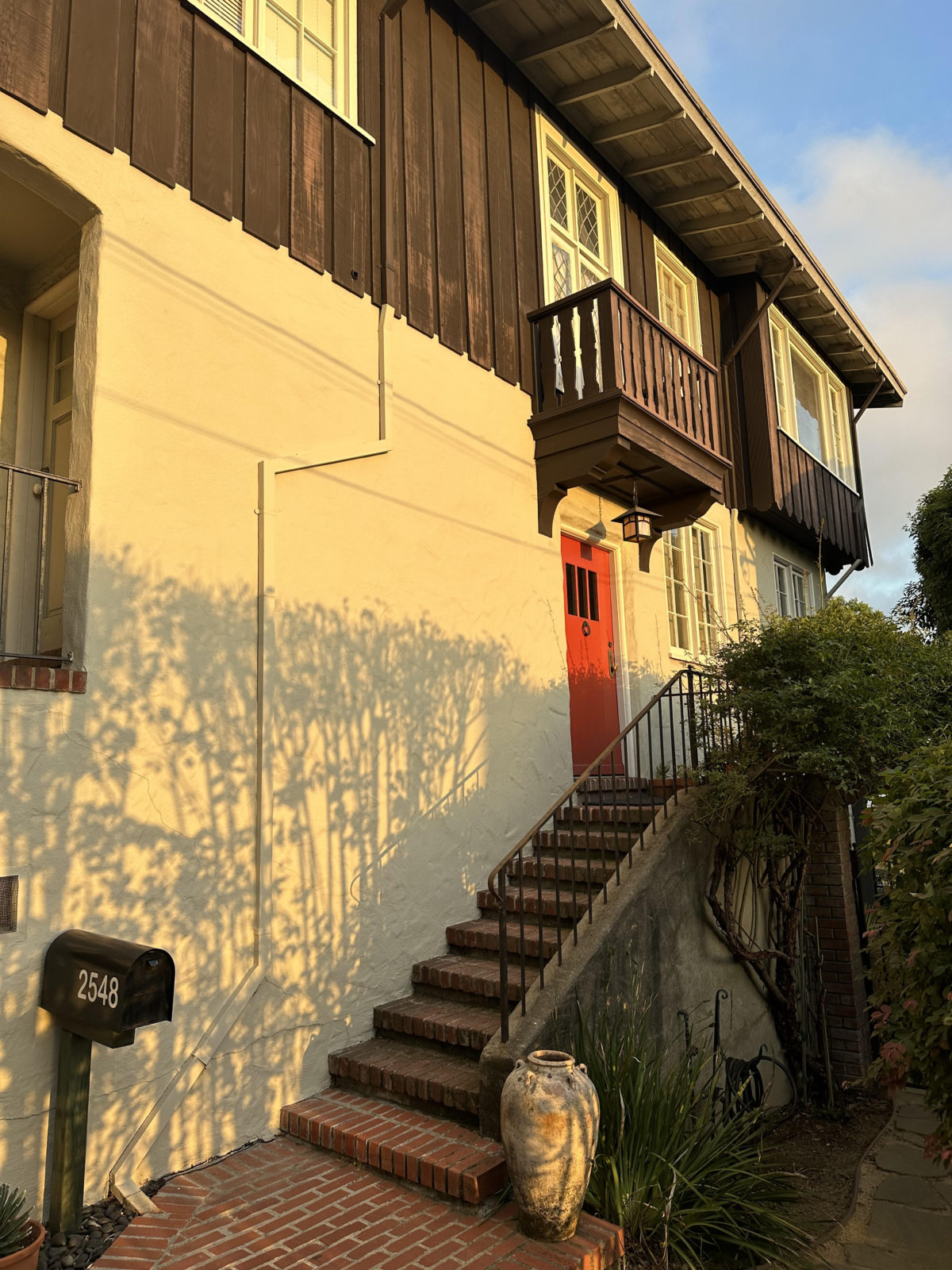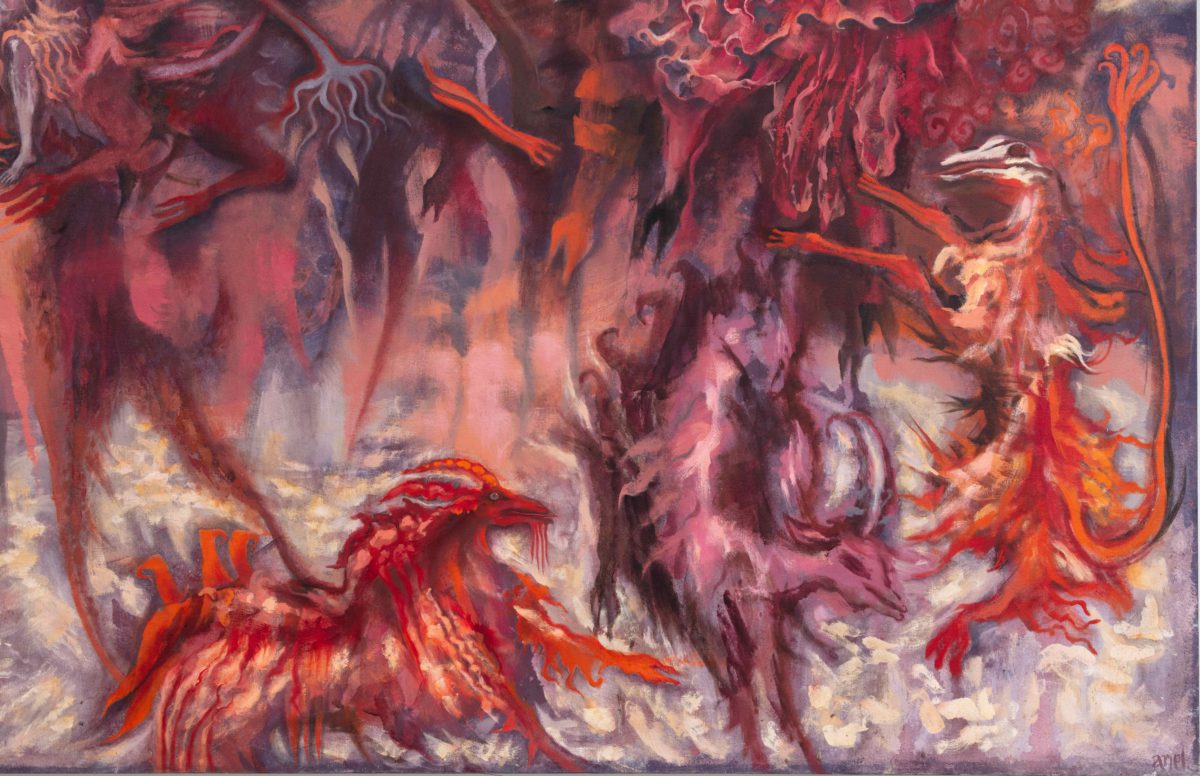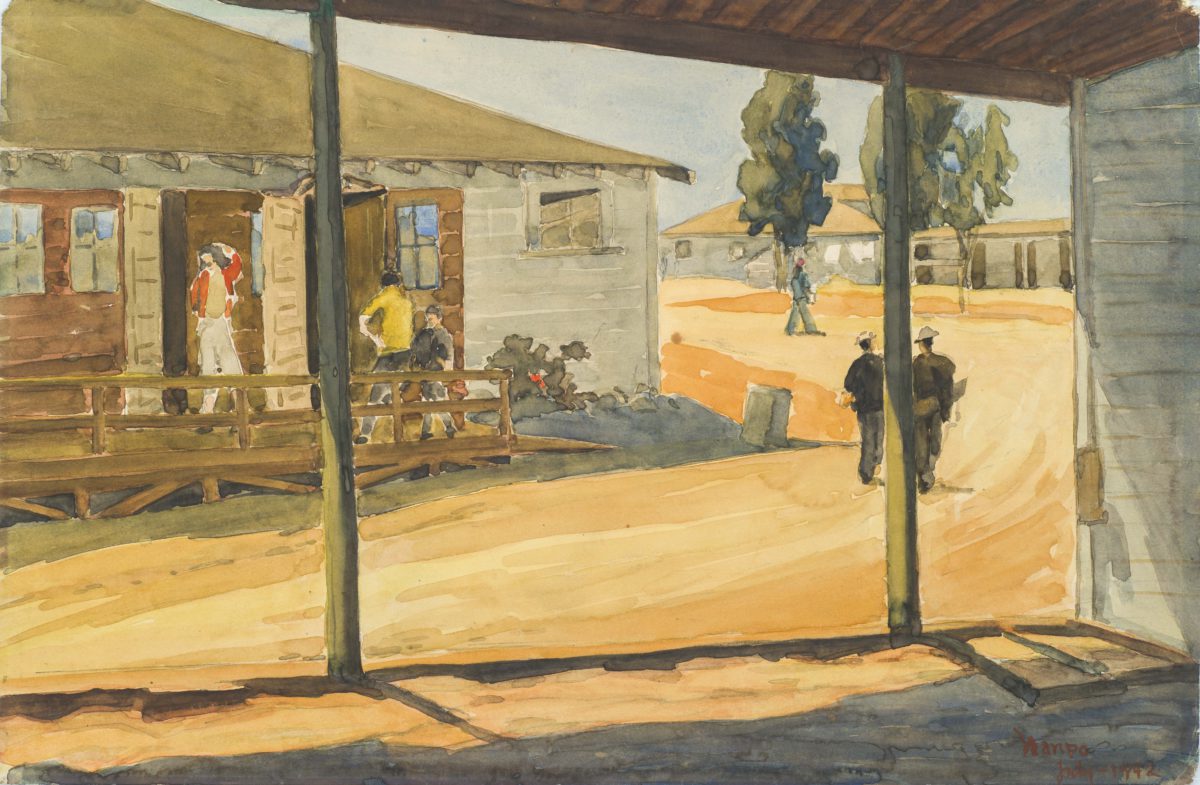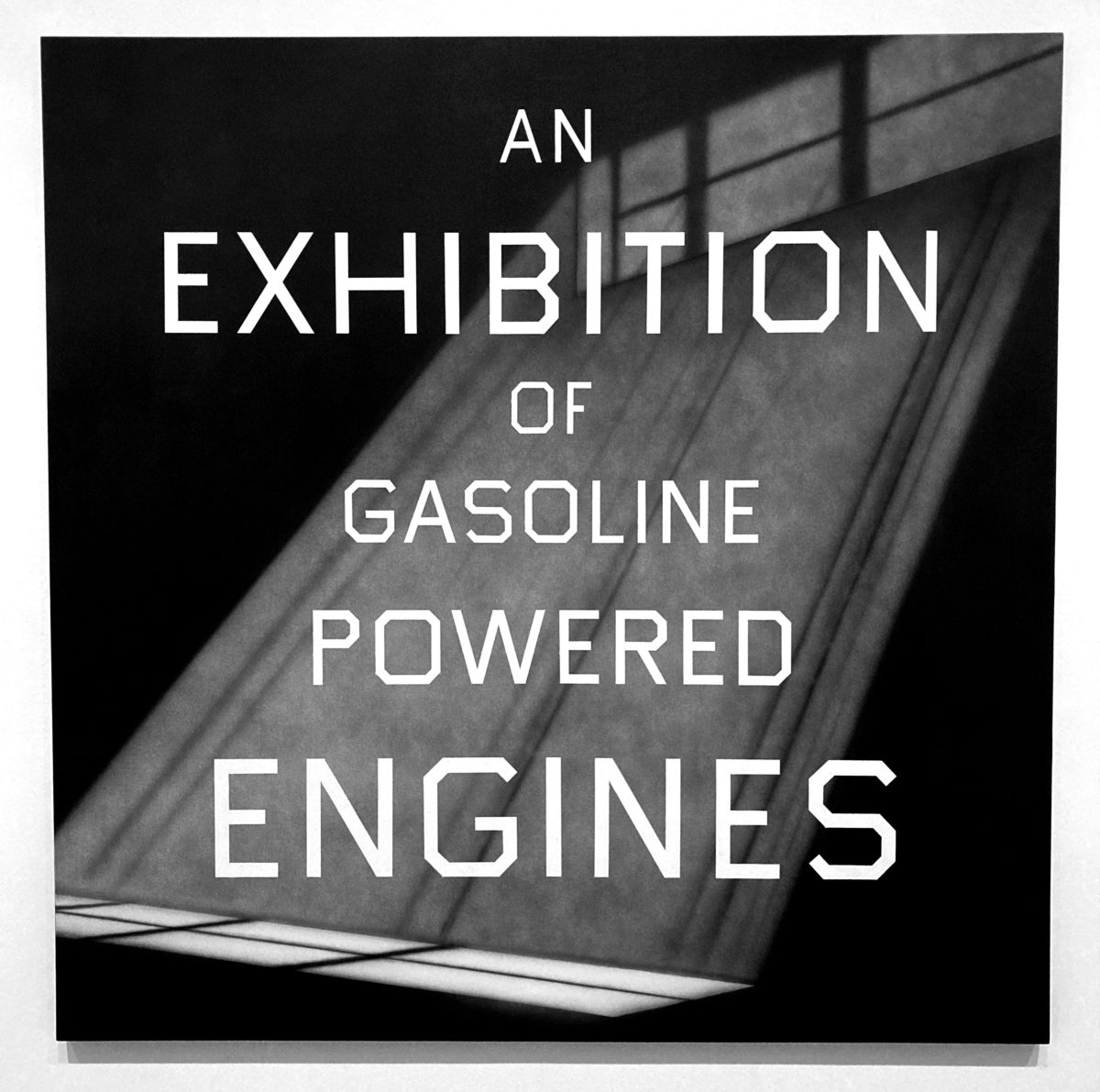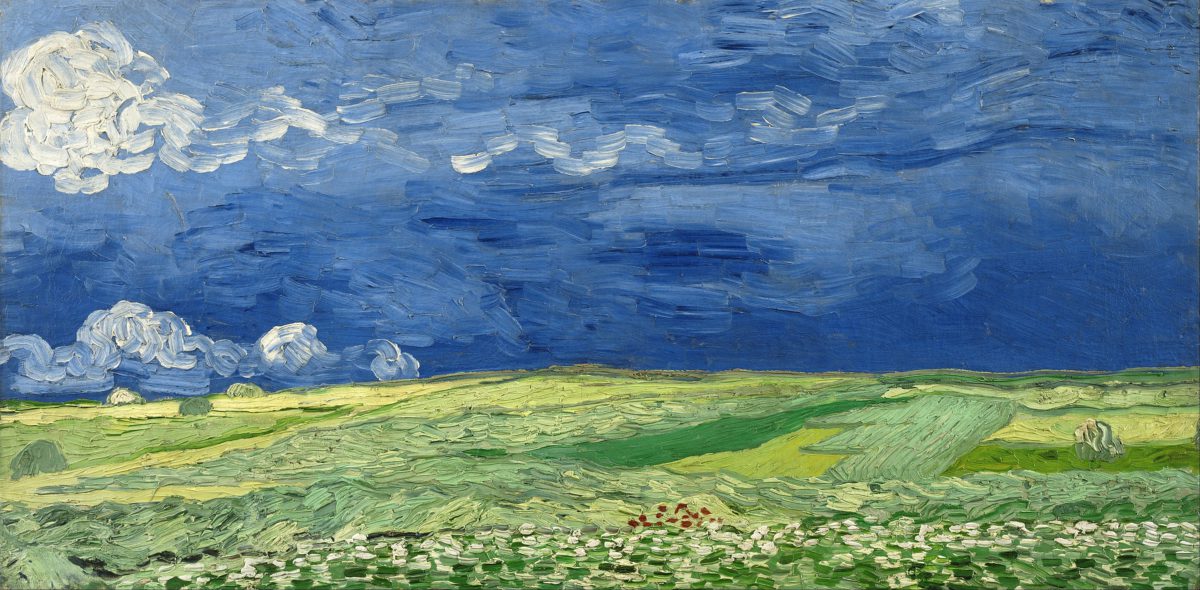
VINCENT VAN GOGH WAS CERTAINLY NOT putting himself out to pasture when he left the psychiatric hospital at Saint-Rémy-de-Provence in the spring of 1890 and moved to bucolic Auvers-sur-Oise, 19 miles north-west of Paris. During the last 70 days of his life, all spent around Auvers, save for a short visit to see his brother in Paris in early July, he produced 74 paintings and 33 drawings. This rapid pace of work culminated, it’s said, in Tree Roots, completed on July 27, 1890, the day he shot himself in the chest.
Tree Roots, along with dozens of paintings, etchings, and drawings in “Van Gogh in Auvers-sur-Oise: The Final Months,” is now hanging at the Musée d’Orsay, part of a two-stop show that began in Amsterdam at the Van Gogh Museum and now garners up to two hour waits to gain entry in Paris. Together, the works create an unexpected sense of calm that sits uneasily, and revealingly, alongside all the associations of crisis and tortured passion that are normally placed on Vincent van Gogh.
The cat scampering across Daubigny’s Garden and the inviting rowboats in Bank of the Oise at Auvers seem a world apart from Sorrowing Old Man and The Prison Courtyard, completed just months before the end of his hospital stay in the south of France. His last paintings evoke the feeling of an artist standing still in nature, drinking in lush landscapes and winding country lanes after a difficult period searching for inspiration in grim etchings and old sketches. It’s these glimpses of a fragile, temporary serenity that make his decision to end his life in Auvers sting all the more—the evidence in a way that he was ready to find peace.
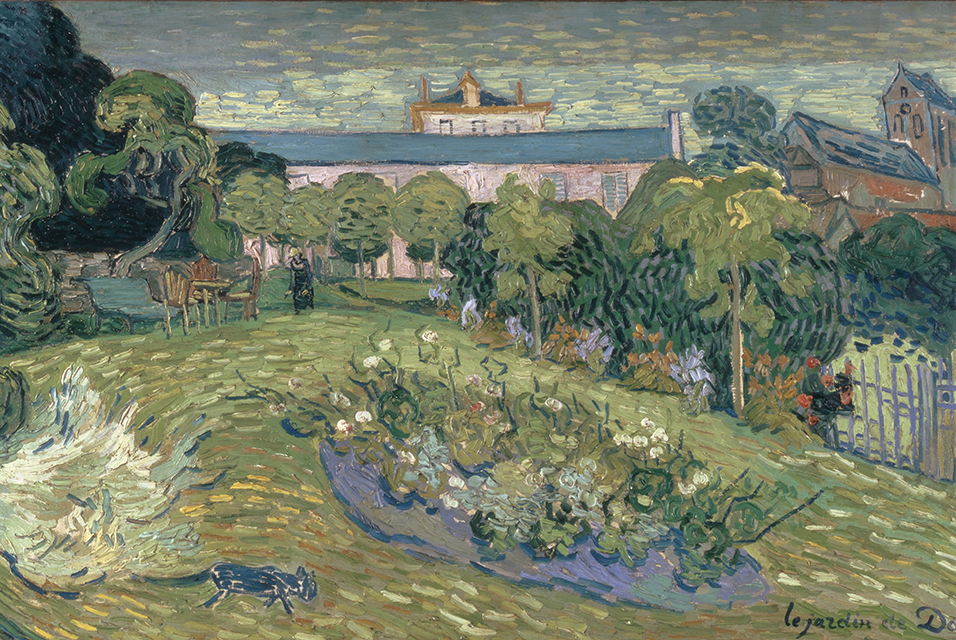
Daubigny’s Garden, 1890. Kunstmuseum Basel 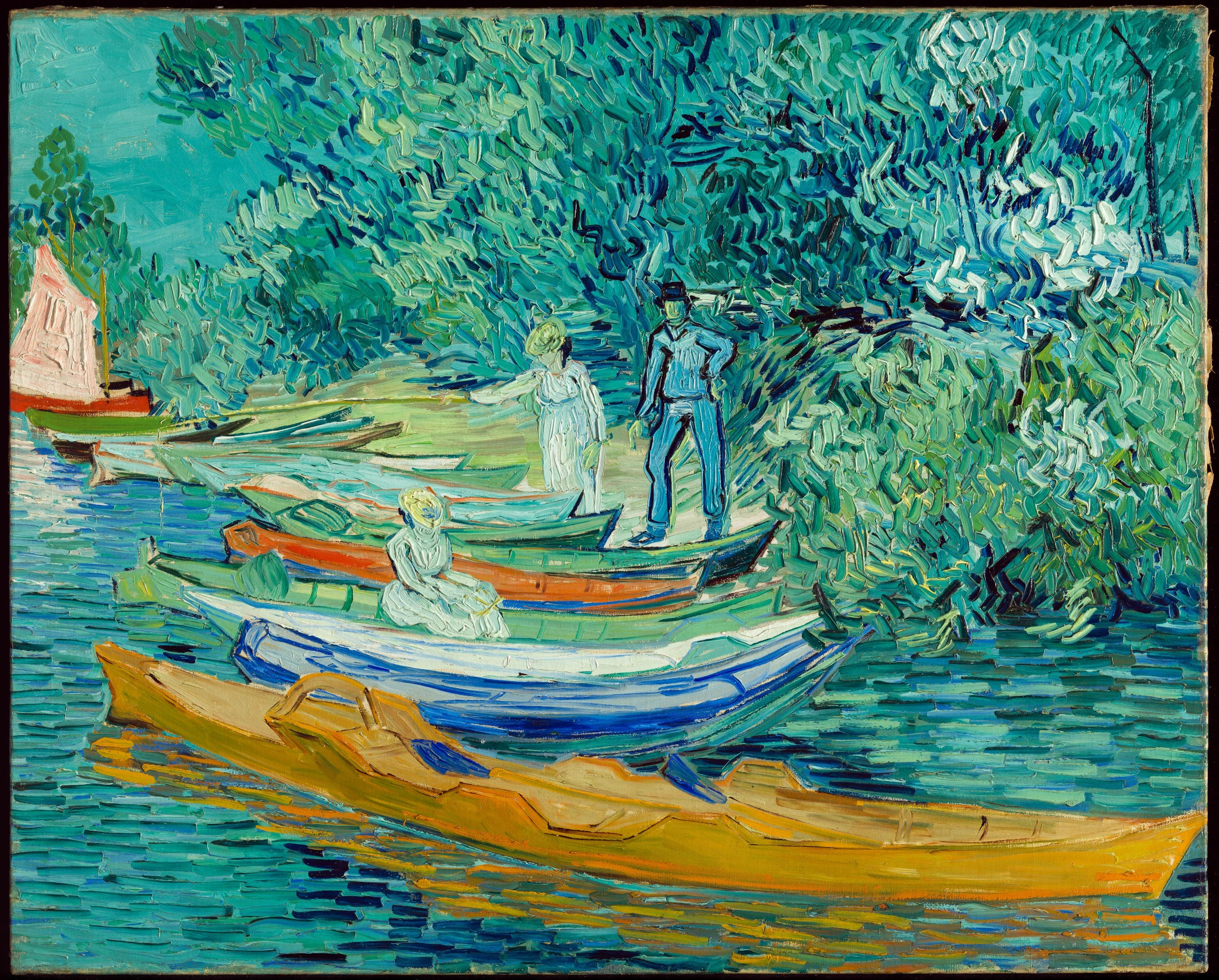
Bank of the Oise at Auvers, 1890. Detroit Institute of Arts
There is a simplicity, even a mundanity, to the way the show is laid out that inflects its dramatic billing. The curators decided to group most of the 50 or so paintings thematically, by familiar subjects: village scenes; flower studies; portraits; and landscapes. After multiple mentions in the exhibit’s introductory rooms, van Gogh’s death recedes from view. What reasserts itself instead is a modern artist attempting to forge ahead with diligent and pleasing experiments in color and composition, as in the dynamic impasto patterning of Houses at Auvers loaned from Boston, the tapestry-like abstraction of Ears of Wheat from Amsterdam, or the expressionist-precursor Portrait of a Young Woman from Otterloo.
This thematic organization reveals quiet signs of the alienation Van Gogh was experiencing at the time. His farmlands are missing farmers but his Sheaves of Wheat is an unmistakable vision of slow-dancing lovers. And despite identifying portraiture as “the only thing in painting that [moved him] to the greatest extent,” van Gogh continued to struggle to find willing sitters. The few portraits here, like those of Adeline Ravoux, his innkeeper’s daughter in Auvers, share a striking stiffness and a tendency for the subject to be oriented away from the viewer, staring far off into the distance.
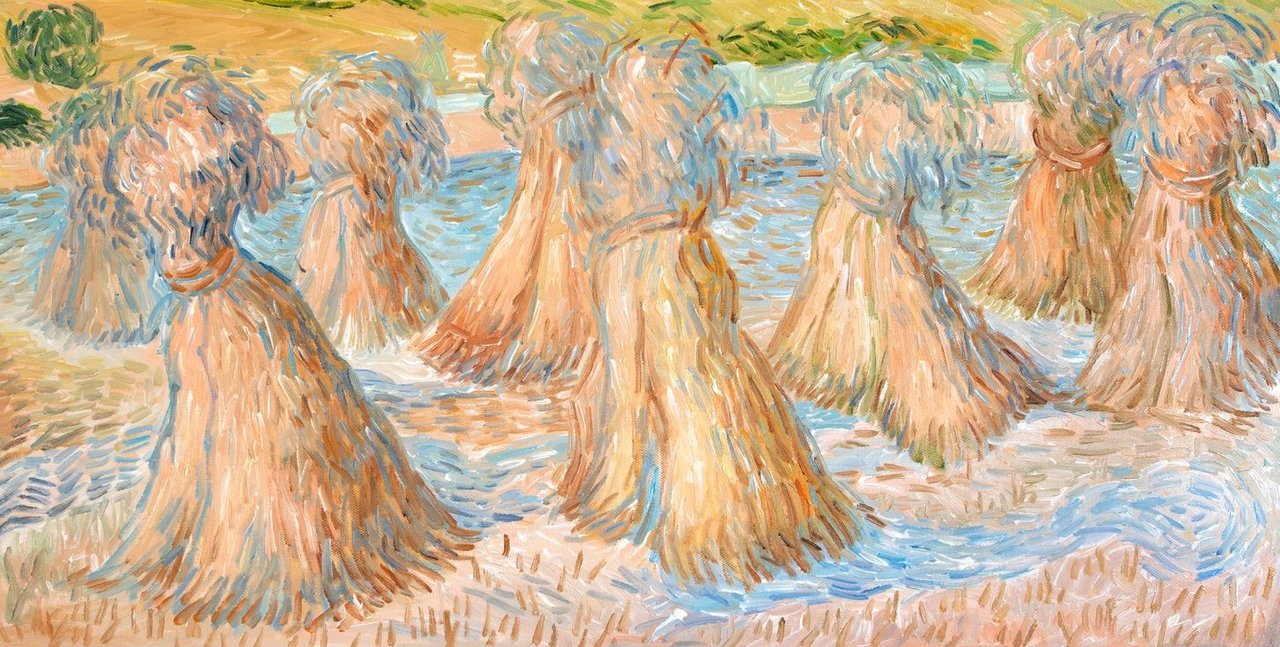
Sheaves of Wheat, 1890. Dallas Museum of Art
An exception is the Orsay’s famous portrait of Auvers resident, amateur artist, and homeopath Doctor Paul Gachet, whose experience in psychiatry and friendship with the Impressionists were chief reasons Theo van Gogh advised his brother to head to the banks of the Oise. Van Gogh painted his new doctor friend as a woozy personification of melancholy, and with an intimacy uncommon among all the human figures depicted in his Auvers paintings. His portrait can also be seen as a visual diagnosis of Gachet to match the written one he sent to Theo on 10 July 1890: “First of all, he is sicker than I am, I think, or shall we say just as much…Now when one blind man leads another blind man, don’t they both fall into the ditch?” Hence a figure in Auvers that van Gogh could face head on.
Occasionally, the exhibit organizes itself formally in groupings of etchings, drawings, and, most astonishingly, 11 of the 13 long rectangular “double square” format canvases that van Gogh completed in Auvers. The critic and novelist Joris-Karl Huysmans wrote in 1879 that “the beauty of a landscape is above all made of melancholy.” With works by two of van Gogh’s northstars Millet and Ruisdael in mind, Huysmans noted the rarity of “great landscape painters who make you feel cheerful and carefree in front of their canvases.” This clearly rings true for the easy standouts The Plain of Auvers, Wheatfield with Crows and Wheatfield under Thunderclouds, but it’s a particular eye-of-the-storm quietude that unsettles in these frieze-like canvases. There’s even an argument to be made that van Gogh effectively ended painting’s landscape genre with these last works, so totally do they unify a physical and emotional perspective.
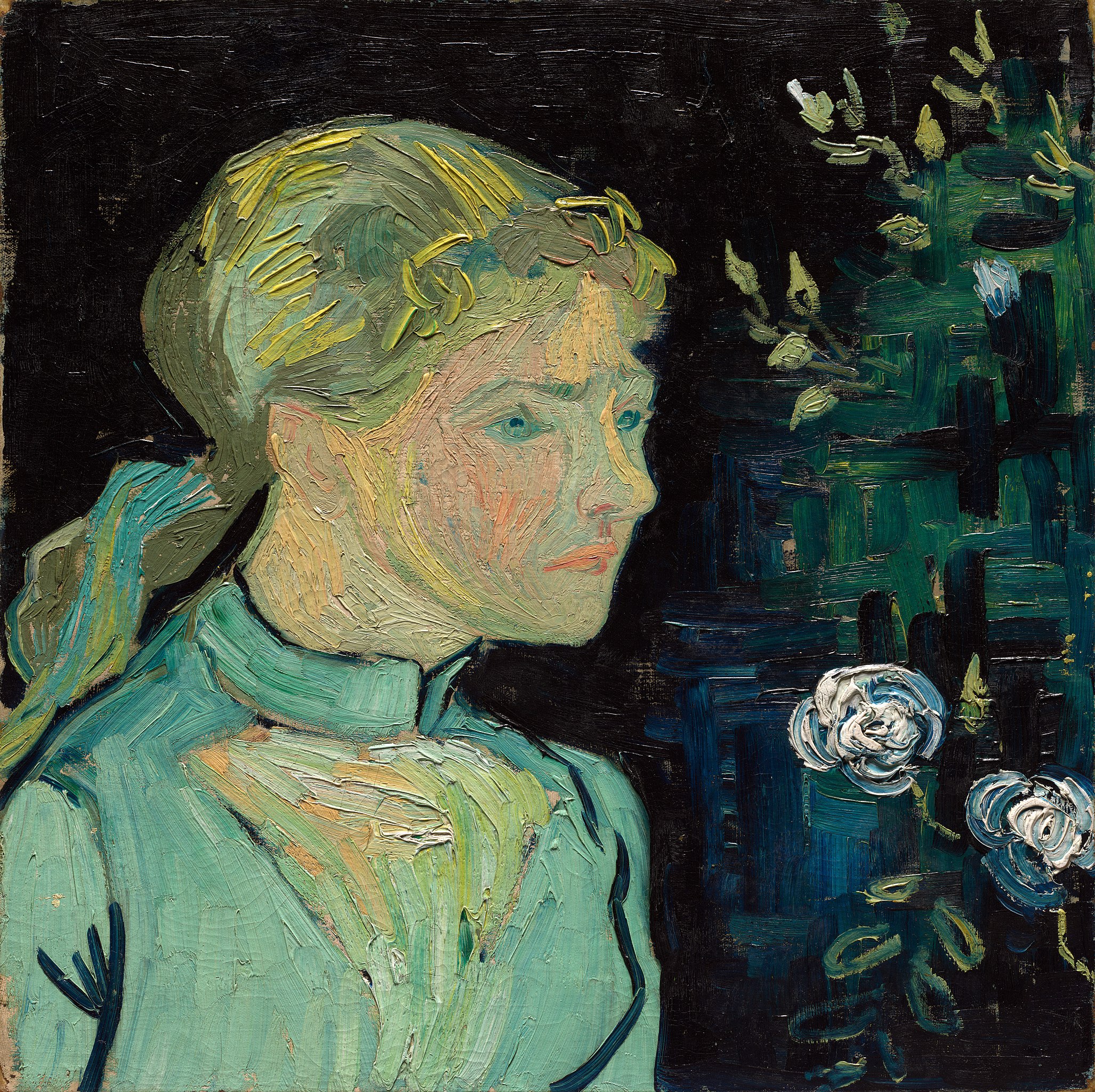
Louis van Tilborgh details in his catalog essay for the show how it was a quiet resignation that preceded van Gogh’s fatal suicide attempt. In mid-July, he wrote to his sister and mother of being “wholly in a mood of almost too much calm,” while four days before the gunshot, he wrote to Theo of a “pointlessness” in his continuing to write in great detail from Auvers: “the desire has passed to such a degree.” Whatever his thinking as he painted his last landscapes, their long and narrow format and high horizon lines suggest a compressing, bunker-like point of view. It could have even been a reaction against these exercises in distant observation that brought him a brush-length away from the land in his final painting Tree Roots—and finally closer still.
“Van Gogh in Auvers-sur-Oise: The Final Months”
October 03rd, 2023 to February 04th, 2024
Musée d’Orsay
Esplanade Valéry Giscard d’Estaing
75007 Paris, France

